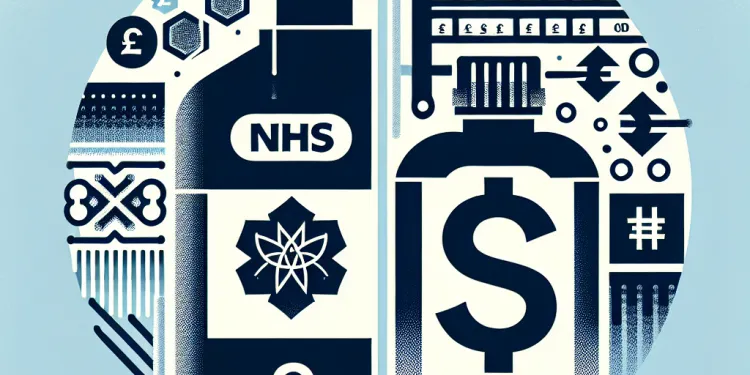
Find Help
More Items From Ergsy search
-

How can methanol poisoning be prevented?
Relevance: 100%
-
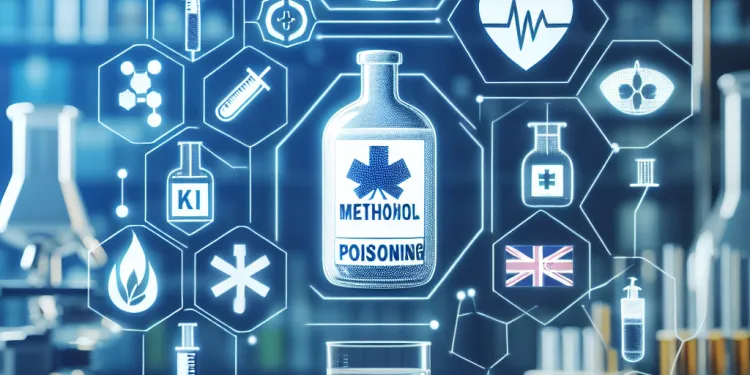
What is methanol poisoning?
Relevance: 95%
-

Can methanol poisoning be treated?
Relevance: 92%
-

What are the symptoms of methanol poisoning?
Relevance: 89%
-

How does methanol poisoning differ from ethanol poisoning?
Relevance: 87%
-

Is dialysis used in methanol poisoning cases?
Relevance: 87%
-

Can methanol poisoning cause permanent damage?
Relevance: 85%
-

What should you do if you suspect methanol poisoning?
Relevance: 84%
-

How quickly do symptoms of methanol poisoning appear?
Relevance: 82%
-

Why is methanol dangerous to humans?
Relevance: 68%
-

Is there a specific test to diagnose methanol poisoning?
Relevance: 61%
-

What is the role of ethanol in the treatment of methanol poisoning?
Relevance: 58%
-

What types of visual disturbances are associated with methanol poisoning?
Relevance: 56%
-

Why is methanol sometimes found in illegally produced alcohol?
Relevance: 55%
-

What are the differences between methanol and ethanol?
Relevance: 50%
-

What is alcohol poisoning?
Relevance: 47%
-
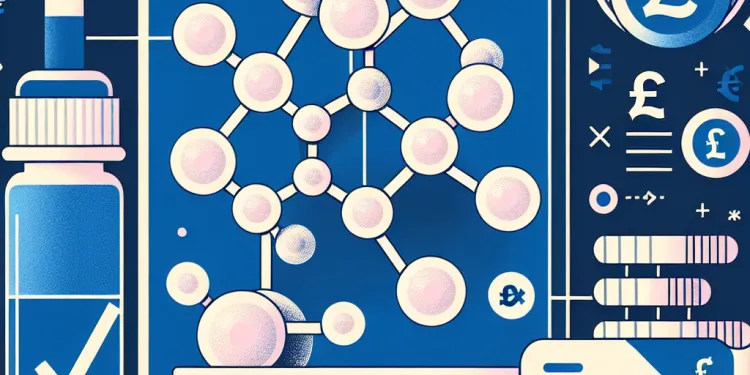
What is fomepizole and how does it work?
Relevance: 45%
-
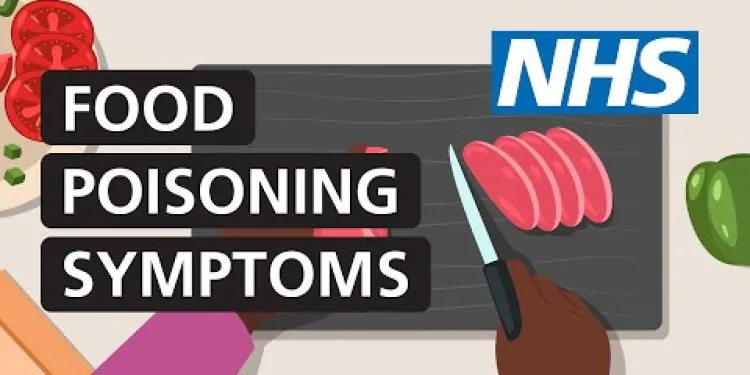
How to tell if you have food poisoning (symptoms) | NHS
Relevance: 39%
-

What first aid measures can be taken in case of methanol exposure?
Relevance: 34%
-
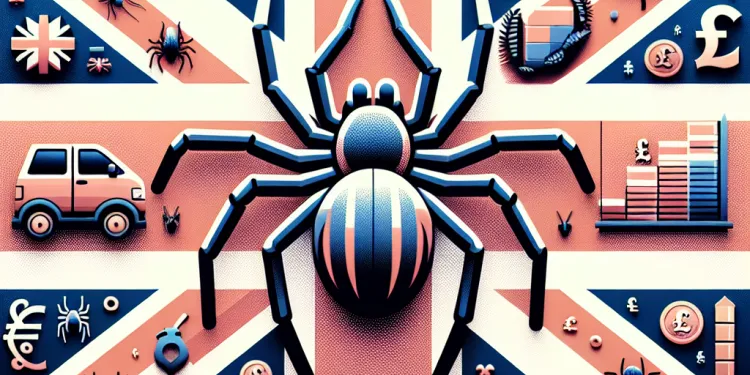
Are there any poisonous spiders in the UK?
Relevance: 33%
-

Blood Poisoning - Sepsis
Relevance: 33%
-
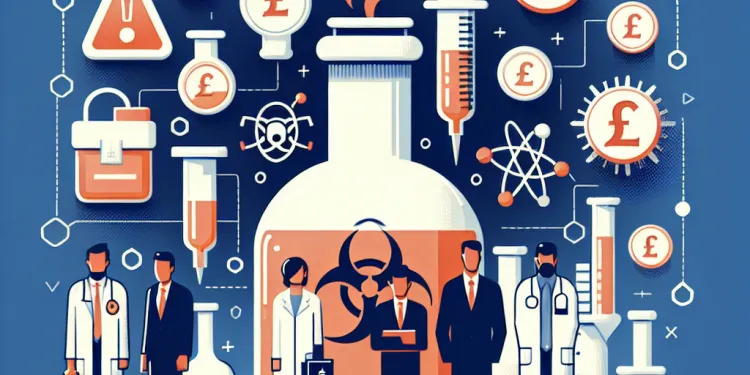
What professions are at higher risk of methanol exposure?
Relevance: 30%
-
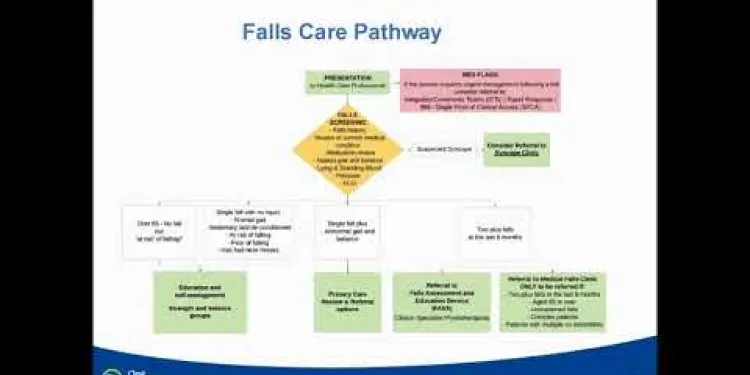
Falls Prevention Podcast
Relevance: 19%
-

Can CFS be prevented?
Relevance: 19%
-

Can meningitis be prevented?
Relevance: 19%
-
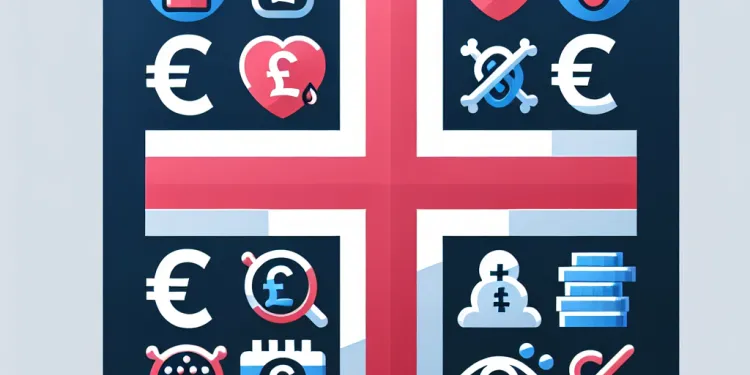
Can gonorrhoea be prevented?
Relevance: 19%
-
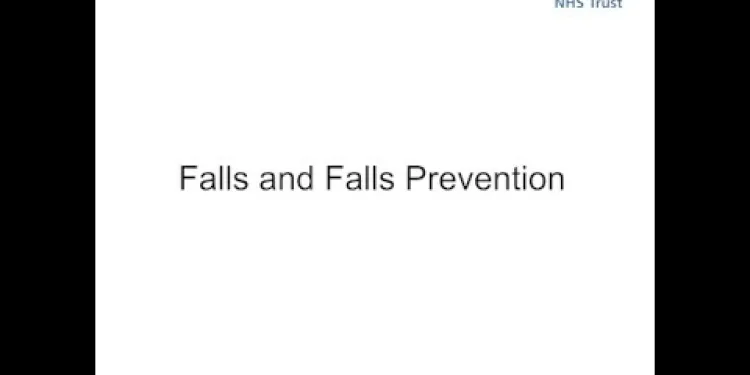
Falls and Falls Prevention
Relevance: 19%
-

Can chickenpox be prevented?
Relevance: 19%
-

Can Rubella be prevented?
Relevance: 19%
-
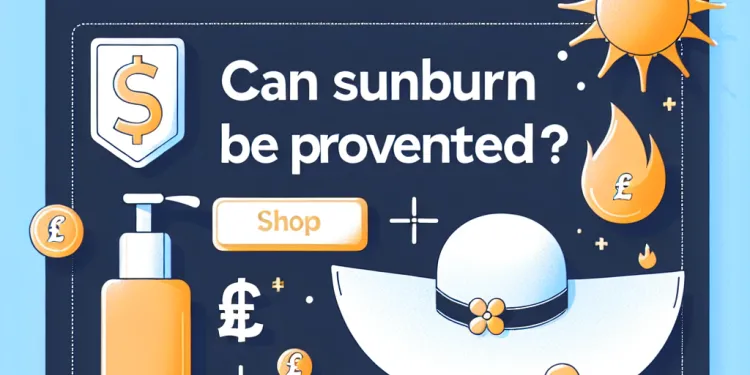
Can sunburn be prevented?
Relevance: 19%
-

Can shingles be prevented?
Relevance: 19%
-
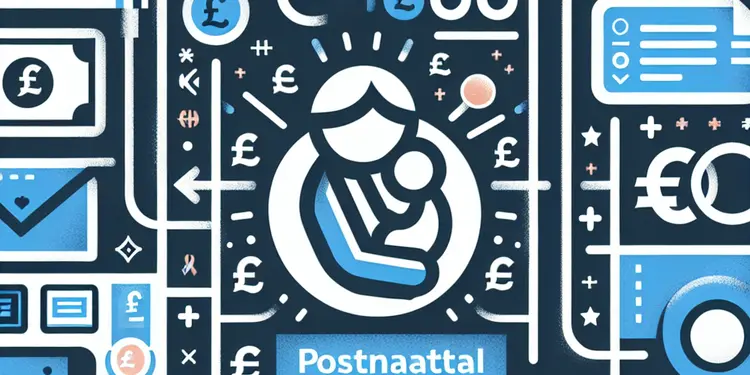
Is postnatal depression preventable?
Relevance: 19%
-
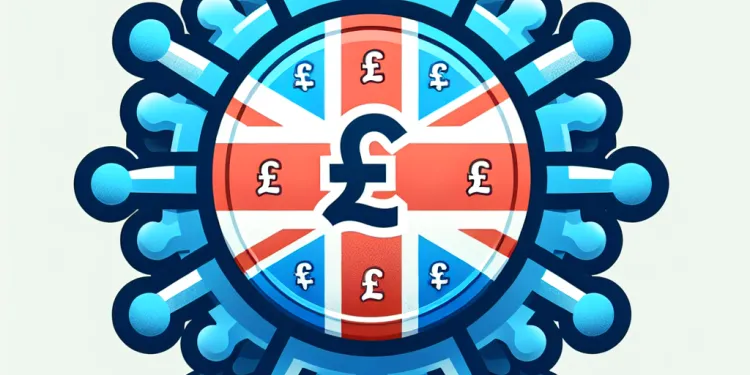
Can shingles be prevented?
Relevance: 19%
-

How can HPV be prevented?
Relevance: 18%
-

Can methanol be absorbed through the skin?
Relevance: 18%
-
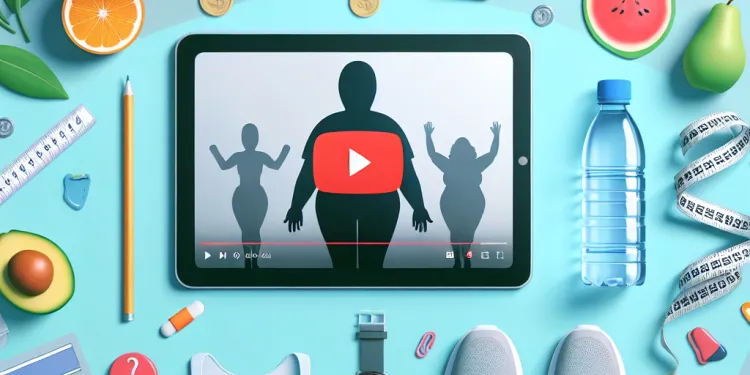
How can obesity be prevented?
Relevance: 18%
-

How can HIV be prevented?
Relevance: 18%
-
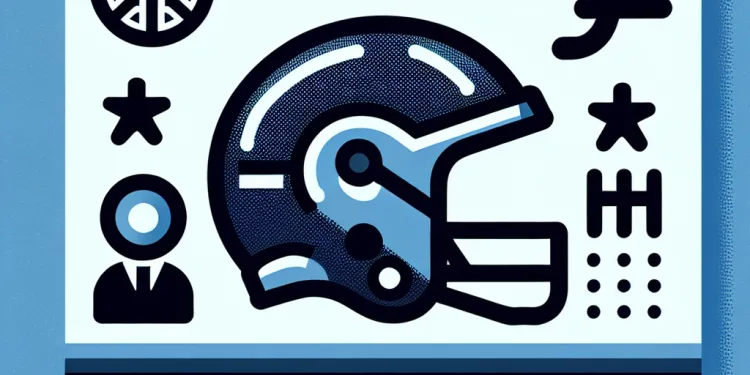
How can concussions be prevented?
Relevance: 18%
-

How can concussions be prevented?
Relevance: 18%
-

Is there any way to prevent concussions?
Relevance: 18%
Understanding Methanol Poisoning
Methanol poisoning can occur when methanol, a toxic alcohol found in various industrial and household products, is ingested, inhaled, or absorbed through the skin. Unlike ethanol (the type of alcohol found in beverages), methanol is highly toxic and can cause serious harm to the central nervous system and lead to metabolic acidosis, blindness, or even death. With certain illegal alcoholic beverages possibly containing methanol, it is crucial to be aware of preventive measures to avoid exposure and poisoning.
Avoiding Contaminated Alcohol
One of the key prevention strategies is to ensure the consumption of only regulated and properly produced alcoholic beverages. In the UK, purchasing alcohol from reputable sources helps mitigate the risk of consuming products that may have been contaminated with methanol. Abstaining from homemade spirits or those of unknown origin is equally important. Always check for a UK duty stamp on bottles, which indicates that the product has passed through the appropriate channels of distribution and taxation.
Safe Use of Industrial Products
Methanol is a common ingredient in products such as antifreeze, windshield wiper fluid, paint thinners, and other industrial or cleaning solvents. When using such products, ensure that they are properly labeled and store them in clearly marked containers out of reach of children. Always adhere strictly to usage instructions and safety guidelines provided by the manufacturer, including the use of appropriate personal protective equipment such as gloves and safety goggles, especially in poorly ventilated areas.
Education and Awareness
Raising awareness about the dangers of methanol and its sources is another effective prevention strategy. Public health campaigns and educational programs can help inform people about the risks associated with methanol exposure. These initiatives can target groups at higher risk, such as those working in industries that routinely use methanol or individuals in communities where illegal alcohol may be more prevalent. Disseminating information on how to recognize and respond to symptoms of methanol poisoning, which may include headaches, dizziness, nausea, and blurred vision, is also crucial.
Prompt Medical Attention
If methanol exposure is suspected, obtaining medical attention without delay is vital. Early treatment can significantly reduce the toxic effects of methanol and improve the chances of recovery. Healthcare providers may administer antidotes and provide supportive treatment to counteract methanol's effects on the body. Quick and decisive action can be the difference between recovery and severe health outcomes.
Conclusion
Preventing methanol poisoning requires a multi-faceted approach that includes using safe practices when handling potentially hazardous products, staying informed about the risks, and ensuring the consumption of legitimate alcoholic beverages. By remaining vigilant and proactive in these areas, the risks associated with methanol poisoning can be significantly minimized in the UK.
Know About Methanol Poisoning
Methanol poisoning happens when someone takes in methanol by eating, breathing, or touching it. Methanol is a bad type of alcohol that can hurt the body. It is not like the alcohol in drinks, which is called ethanol. Methanol can make you very sick, hurt your brain, or even cause death. Some illegal drinks might have methanol, so it is important to know how to stay safe and avoid poisoning.
Stay Away from Bad Alcohol
To avoid methanol, drink only alcohol that is made and sold by trusted places. In the UK, buy alcohol from shops you trust. This helps avoid drinks with methanol. Do not drink homemade alcohol or drinks from unknown places. Look for a UK duty stamp on bottles to know they are safe.
Use Industrial Products Safely
Methanol can be in things like antifreeze, cleaning liquids, and paint thinners. When using these, make sure they are labeled correctly. Keep them away from children. Read and follow the instructions on the label. Wear safety gloves and goggles if needed, especially in areas without much air.
Learn and Share Information
Learning about methanol and its dangers is a good way to stay safe. Health programs can teach people about this. People who work where methanol is used might need to know more. Places where illegal alcohol is common should share information too. Learn the signs of methanol poisoning like headaches, feeling dizzy, or having blurry vision.
Get Medical Help Quickly
If you think someone has touched or swallowed methanol, get medical help fast. Doctors can give treatments to fight methanol’s bad effects. Quick help can mean the difference between getting better or not.
Final Thoughts
Stopping methanol poisoning means being careful when using certain products and drinking only safe alcohol. Learn about the risks and stay alert. By doing this, the chances of methanol poisoning can be lowered a lot in the UK.
Frequently Asked Questions
What is methanol poisoning?
Methanol poisoning occurs when someone is exposed to methanol, a toxic alcohol found in a variety of industrial and household products, and ingests, inhales, or comes into skin contact with it.
What are common sources of methanol exposure?
Common sources include antifreeze, windshield washer fluid, paint thinners, denatured alcohol, and improperly distilled alcoholic beverages.
How can methanol poisoning be prevented at home?
Store products containing methanol out of reach of children and pets, and in properly labeled containers. Never transfer such products to food or drink containers.
Why is it important to use proper labeling for methanol-containing products?
Proper labeling helps prevent accidental ingestion or misuse by making it clear that the product is toxic and not meant for consumption.
How can industries prevent methanol poisoning in the workplace?
Industries can implement safety protocols, provide protective equipment, and ensure proper ventilation and training for employees working with methanol.
Can methanol be present in alcoholic beverages?
Yes, methanol can be present in poorly distilled alcoholic beverages, especially homemade or illicit alcohol. Ensure any alcohol consumed is from a reputable source.
How does proper ventilation help prevent methanol poisoning?
Proper ventilation reduces inhalation of methanol fumes, minimizing the risk of poisoning for those working with or around methanol-containing products.
What should you do if you suspect methanol poisoning?
Seek immediate medical attention if methanol exposure or poisoning is suspected, as it can be life-threatening without prompt treatment.
What role does education play in preventing methanol poisoning?
Educating individuals on the dangers of methanol and how to handle products safely can prevent accidental exposure and poisoning.
Why is it important to never taste or smell chemicals to identify them?
Tasting or smelling can lead to accidental ingestion or inhalation of toxic substances like methanol, leading to poisoning.
How can personal protective equipment (PPE) prevent methanol poisoning?
Wearing gloves, goggles, and masks when handling methanol-containing products can prevent skin contact and inhalation.
How does proper disposal of methanol-containing products help prevent poisoning?
Proper disposal ensures that these toxic substances do not contaminate the environment or fall into the hands of uninformed individuals.
What are signs of methanol poisoning?
Symptoms include headache, dizziness, nausea, vomiting, abdominal pain, and in severe cases, vision problems, seizures, or coma.
Can methanol poisoning occur from skin contact?
Yes, methanol can be absorbed through the skin, so it's important to use protective clothing and wash off any spills immediately.
Why should you not use methanol-containing fluids for cleaning skin wounds?
Methanol can be toxic if absorbed through the skin, so it's important to avoid using it as a disinfectant or cleaner on wounds.
Can children be more affected by methanol poisoning?
Yes, children are more vulnerable to methanol poisoning due to their smaller body size and developing systems.
How can regulatory oversight prevent methanol poisoning?
Regulatory oversight ensures proper labeling, safe manufacturing, and distribution practices for methanol and methanol-containing products.
What measures should be taken during transportation of methanol?
Methanol should be transported in proper containers, with clear labeling, and in compliance with safety regulations to prevent leaks or spills.
Are there alternatives to methanol in products?
Yes, many products have safer alternatives that do not contain methanol. It's advisable to choose these when available to reduce poisoning risks.
What should you do if there is a methanol spill?
Evacuate the area, ensure proper ventilation, and contact emergency services or a hazardous materials team to handle the spill safely.
What is methanol poisoning?
Methanol poisoning happens when someone drinks or touches too much methanol. Methanol is a kind of alcohol that is not safe to drink.
Signs of methanol poisoning:
- Stomach pain
- Feeling sick or throwing up
- Feeling very tired
- Having trouble seeing
If you think someone has methanol poisoning, tell a grown-up or call for help right away.
To learn more, you can use picture cards or ask a helper to explain.
Methanol poisoning happens when a person is around methanol, a harmful type of alcohol. This alcohol is in many things used at work and home. You can get sick if you drink it, breathe it in, or get it on your skin.
Where does methanol come from?
Methanol is a liquid that can be dangerous. Here are some places it can come from:
- Some types of fuel, like in cars or boats.
- Paint remover or thinner used in crafts or DIY.
- Some cleaning products.
- Windshield washer fluid for cars.
Always be careful around these things. Ask an adult if you are not sure.
These are things that can be poisonous:
- Antifreeze for cars.
- Windshield cleaner for cars.
- Paint thinners.
- Special alcohol for cleaning.
- Badly made drinks with alcohol.
If you find these things, tell an adult. Some people use pictures or talk-to-type apps to help them make reading easier.
How can we stop getting sick from methanol at home?
Methanol is a dangerous liquid. Here are ways to stay safe:
- Keep it away: Store methanol in a safe place where children and pets cannot reach it.
- Label it clearly: Always put a label on bottles with methanol, so there is no mistake about what it is.
- Don't use it in drinks: Never mix methanol into drinks. Only use it for cleaning or in special equipment.
- Ask for help: If you are not sure about using methanol, ask an adult or someone you trust.
Use these tools to help:
- Picture labels: Use stickers with pictures to show danger.
- Alarm device: Use alarms that sound when bottles are opened.
Always be careful and ask for help if needed.
Keep things with methanol away from kids and pets. Put them somewhere they can't reach.
Make sure the bottles have the right labels.
Don't pour these things into food or drink bottles.
Why is it important to use the right labels for products with methanol?
Methanol is a dangerous liquid. It can make you very sick if you touch, smell, or drink it. It is important to have clear labels on bottles with methanol. This way, people know it is not safe to use like water or soda.
Using the right label helps keep everyone safe. It tells people to be careful. It is smart to use tools like big letters or symbols to show danger. You can also use bright stickers to catch people's eyes.
Labels help keep people safe. They show that something is poison and should not be eaten or used in the wrong way.
How can jobs stop methanol poison at work?
Methanol is a type of alcohol that can be very dangerous. It can make people very sick if they breathe it in, touch it, or drink it.
Here are some ways jobs can keep people safe:
- Use Safety Gear: Make sure workers wear gloves and masks. This helps keep methanol away from their skin and lungs.
- Good Ventilation: Open windows and use fans. This keeps air moving and stops methanol fumes from staying in one place.
- Training: Teach workers about methanol and how to stay safe. They should know what to do if there is a spill.
- Labels and Signs: Put clear labels on methanol containers. Use signs to remind people to be careful.
- Check Equipment: Make sure machines and tools that use methanol are in good shape. Fix any leaks quickly.
Using these tools can help keep everyone safe from methanol poisoning at work.
Factories can keep workers safe by doing a few things. They can make safety rules, give workers safety gear to wear, and make sure air is clean. They can also teach workers how to handle methanol safely.
Can there be methanol in drinks with alcohol?
Methanol can be in badly made alcohol, like homemade or illegal drinks. Make sure any alcohol you drink is from a safe place.
How does good airflow stop methanol from making you sick?
Good airflow, or ventilation, means fresh air can move around. This helps to keep the air clean and safe to breathe.
Methanol is a dangerous chemical. If there is too much in the air, it can make you very sick.
Ventilation keeps the methanol levels low. This means you breathe in less methanol.
Some helpful tools to use are fans and open windows. These help to move fresh air in and take bad air out.
Opening windows or using fans helps get rid of methanol fumes in the air. This makes it safer for people working with products that have methanol in them. It helps stop people from getting sick from breathing in methanol fumes.
What to Do if You Think Someone is Poisoned by Methanol
If you think someone has touched or swallowed methanol, get help from a doctor right away. Methanol can be very dangerous without quick medical care.
How can learning help stop methanol poisoning?
Teaching people about the dangers of methanol and how to use things safely can stop accidents and poisoning.
Why should you never taste or smell chemicals?
Chemicals can be very dangerous.
Tasting or smelling them can make you sick.
Always stay safe with chemicals.
Use safe ways to find out what chemicals are.
A teacher or adult can help you.
When you taste or smell something, you might accidentally swallow or breathe in harmful stuff like methanol. This can make you sick.
How does safety gear stop methanol poisoning?
Wear gloves, goggles, and masks when using things that have methanol. This helps keep your skin safe and stops you from breathing it in.
How can getting rid of methanol products safely stop poisoning?
Getting rid of these bad chemicals the right way helps keep our world clean and safe. It also stops people who don’t know how dangerous they are from getting hurt.
What happens when someone is hurt by methanol?
Methanol is a dangerous liquid. If someone drinks it, they might get sick. Here are some signs:
- Tummy pain
- Feeling dizzy or confused
- Trouble seeing clearly
- Feeling very tired or sleepy
- Trouble breathing
If you think someone is hurt by methanol, tell a grown-up or call for help right away.
To be safe, keep methanol away from kids. Use pictures and stories to talk about why it's dangerous.
Signs of illness can be:
- Headache
- Dizziness (feeling like you might fall)
- Feeling sick (nausea)
- Throwing up (vomiting)
- Tummy ache
In bad cases, you might have:
- Trouble seeing
- Fits (seizures)
- Deep sleep that you can't wake up from (coma)
If these happen, it's important to tell an adult or go to the doctor. Picture books or videos can help explain more about how you feel.
Can touching methanol make you sick?
Methanol can get into your body through your skin. So, it's important to wear protective clothes. If you spill it on yourself, wash it off right away.
Why shouldn't you use methanol to clean cuts?
Methanol is bad for cleaning cuts because it can hurt your skin and make you sick. It is a type of alcohol that is not safe for people. It can cause you to feel dizzy or make you very ill.
If you have a cut, it is better to wash it with clean water and soap. You can also use special wipes or liquids from the pharmacy that are safe for cleaning cuts.
If you are not sure, ask an adult or a doctor for help.
Methanol can be harmful if it gets on your skin. So, don't use it to clean cuts or scrapes.
Can methanol make children sicker than adults?
Yes, children can get sick from methanol faster because they are smaller and still growing.
How can rules stop people from getting sick from methanol?
Regulatory oversight makes sure that labels are correct and that methanol and products with methanol are made and sent out safely.
How can we safely move methanol from one place to another?
Methanol needs to be carried in the right containers. These containers should have clear labels. This helps people know what is inside. Follow safety rules to stop any leaks or spills.
Are there other things like methanol in products?
Yes, many products have safer choices that do not have methanol. It's good to pick these if you can to stay safe.
What to Do if Methanol Spills?
If methanol spills, take these steps: 1. **Stay Safe**: Keep away from the spill. 2. **Tell an Adult**: Get help from someone you trust. 3. **Open Windows**: Let fresh air in if you are inside. 4. **Wear Gloves**: Protect your hands if you need to touch anything. 5. **Use Tools**: Use a broom or mop to clean, not your hands. Remember, methanol is dangerous. Always ask for help.Leave the area to stay safe. Open windows and doors to let air in. Call emergency help or ask a special team to clean up the spill safely.
Useful Links
- Ergsy carfully checks the information in the videos we provide here.
- Videos shown by Youtube after a video has completed, have NOT been reviewed by ERGSY.
- To view, click the arrow in centre of video.
- Most of the videos you find here will have subtitles and/or closed captions available.
- You may need to turn these on, and choose your preferred language.
- Go to the video you'd like to watch.
- If closed captions (CC) are available, settings will be visible on the bottom right of the video player.
- To turn on Captions, click settings .
- To turn off Captions, click settings again.
More Items From Ergsy search
-

How can methanol poisoning be prevented?
Relevance: 100%
-

What is methanol poisoning?
Relevance: 95%
-

Can methanol poisoning be treated?
Relevance: 92%
-

What are the symptoms of methanol poisoning?
Relevance: 89%
-

How does methanol poisoning differ from ethanol poisoning?
Relevance: 87%
-

Is dialysis used in methanol poisoning cases?
Relevance: 87%
-

Can methanol poisoning cause permanent damage?
Relevance: 85%
-

What should you do if you suspect methanol poisoning?
Relevance: 84%
-

How quickly do symptoms of methanol poisoning appear?
Relevance: 82%
-

Why is methanol dangerous to humans?
Relevance: 68%
-

Is there a specific test to diagnose methanol poisoning?
Relevance: 61%
-

What is the role of ethanol in the treatment of methanol poisoning?
Relevance: 58%
-

What types of visual disturbances are associated with methanol poisoning?
Relevance: 56%
-

Why is methanol sometimes found in illegally produced alcohol?
Relevance: 55%
-

What are the differences between methanol and ethanol?
Relevance: 50%
-

What is alcohol poisoning?
Relevance: 47%
-

What is fomepizole and how does it work?
Relevance: 45%
-

How to tell if you have food poisoning (symptoms) | NHS
Relevance: 39%
-

What first aid measures can be taken in case of methanol exposure?
Relevance: 34%
-

Are there any poisonous spiders in the UK?
Relevance: 33%
-

Blood Poisoning - Sepsis
Relevance: 33%
-

What professions are at higher risk of methanol exposure?
Relevance: 30%
-

Falls Prevention Podcast
Relevance: 19%
-

Can CFS be prevented?
Relevance: 19%
-

Can meningitis be prevented?
Relevance: 19%
-

Can gonorrhoea be prevented?
Relevance: 19%
-

Falls and Falls Prevention
Relevance: 19%
-

Can chickenpox be prevented?
Relevance: 19%
-

Can Rubella be prevented?
Relevance: 19%
-

Can sunburn be prevented?
Relevance: 19%
-

Can shingles be prevented?
Relevance: 19%
-

Is postnatal depression preventable?
Relevance: 19%
-

Can shingles be prevented?
Relevance: 19%
-

How can HPV be prevented?
Relevance: 18%
-

Can methanol be absorbed through the skin?
Relevance: 18%
-

How can obesity be prevented?
Relevance: 18%
-

How can HIV be prevented?
Relevance: 18%
-

How can concussions be prevented?
Relevance: 18%
-

How can concussions be prevented?
Relevance: 18%
-

Is there any way to prevent concussions?
Relevance: 18%


